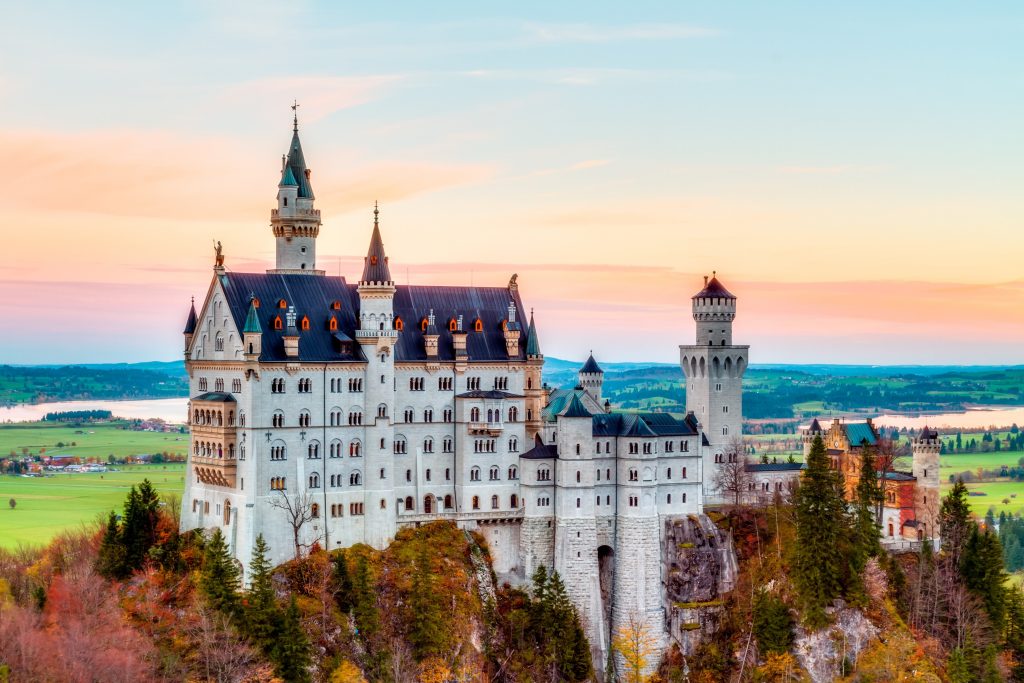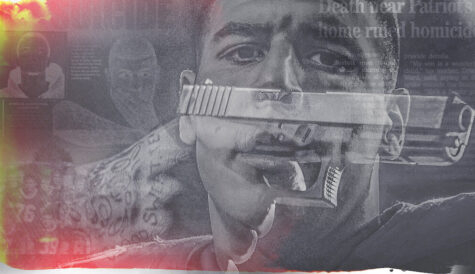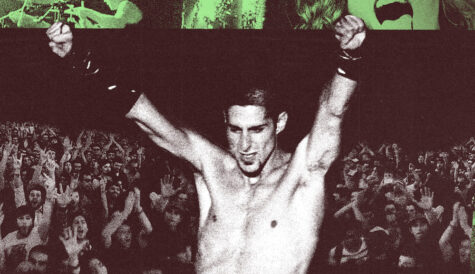How to gain access to restrictive locations
Adam Jacobs, exec producer at UK-based Woodcut Media, discusses how to get access to restrictive locations that are normally closed to the cameras and explains how he built trust on his latest unscripted series.
In the current climate of non-scripted television, access seems to be the buzzword that broadcasters are excited about. Whether it is historical buildings, archaeological sites, private businesses, or public institutions, gaining full and unhindered entry to film behind the scenes is of paramount importance. Recently, there have been several access-led series that have been broadcast, dealing with a variety of subject matter including ITV’s Easyjet: Inside the Cockpit, Channel 4’s The Secret World of Lego and the recently announced BBC series, Inside the Supermarket.
But how easy is it for production companies to gain access? And how do you overcome various obstacles that can stand in the way of those doors being fully opened when it comes to shooting in sometimes restrictive locations? My own recent experiences of securing access for a series have been focused on gaining entry to some of the world’s most iconic buildings for our show World’s Greatest Palaces (pictured).
First and foremost, it’s about gaining trust – with first impressions, perseverance and patience being key. Certain locations can be inundated with filming requests, so how we craft the initial correspondence can be crucial in securing the specific access we require – in some respects it’s a bit like pitching an idea to a broadcaster. We need to ensure that the access we are granted enables us to tell the story in tune with our vision for the production without restrictions. Sometimes we are met with a positive initial response but other times there can be potential issues with legalities, or a disgruntled family member (in the case of stately homes, estates for example) suddenly changing their mind.
With a full crew ready for filming and a commissioner sometimes waiting for dates to be confirmed, the process demands a stealthy approach and patience. In addition to locations, we also require access from contributors and key protagonists who can provide accurate behind-the-scenes information.
Whilst filming World’s Greatest Palaces, although we use historians and engineers who provide excellent insight, it is also important to mention the magical contribution made by some of the explainers such as tour guides, curators, or head gardeners who live and breathe the history of the buildings on a daily basis, therefore additionally volunteering unique in-depth analysis of rooms, gardens, architecture, stories and giving access to somewhat exclusive insights.
For one episode shot at Hampton Court, the joint chief curator showed us Henry VIII and Anne Boleyn’s initials that had been carved into a wall, and despite her execution, remained there ever since. No doubt this was an oversight on Henry’s behalf! This curator also acted as a superb guide taking us around the palace and providing little known nuggets of information such as the tiny little faces peering down from the eaves in the Great Hall. They were there to remind the courtiers sitting below that everything they said was heard by the king. They are ‘eavesdroppers’, and that’s where the word comes from.
Filming in the UK does have its obvious benefits (with no language barrier and easy travel) but gaining access to film in locations in Europe or beyond can sometimes be a lengthy process even though ultimately rewarding. The language barrier is usually one of the main obstacles, especially when we want to avoid using subtitles for our contributors. Occasionally it can be quite entertaining when some contributors offer slightly bias views on historical figures and are not afraid to hold back. When we were filming at Fontainebleau Palace in France, someone became visibly livid when speaking about the Duke of Wellington and referred to him as an alcoholic, as opposed to a ‘bon vivant’!
In some areas of the world it is essential to hire a fixer to assist with any conversations we’re having – they are an asset and always contribute to the smooth running of a shoot. And of course, on the rare occasion, a helping hand through connections can also be great. On one recent production, we were able to gain access to a building we were keen to film in through a prince of the country in question! A ‘friend’ of Woodcut Media knew him personally (I know, that’s a stroke of luck!) and this prince kindly assisted in speaking directly to the manager of this location to see if we could film there – who’s going to say no to a prince?! And what a nice result.
One of the big questions that raises its head about gaining access to European establishments over the coming months and beyond is Brexit. At this stage, it’s so difficult to quantify what the implications would be, and the possibility of it affecting the process when it comes to sorting out carnets for kit, international driving licences, travel visas and more. So for now, we just have to keep moving forward, creating great stories, and filming in exciting locations to create entertaining programming for a global audience to access.




